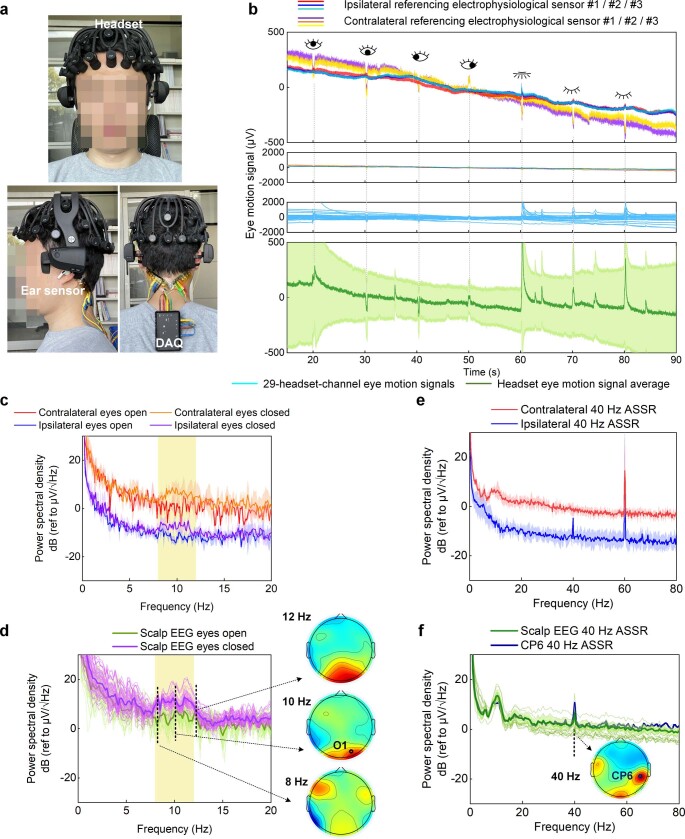Extended Data Fig. 7. Controlled validation of the in-ear integrated sensors’ electrophysiological sensing performance with a commercial dry contact EEG headset.
a. Experimental setup with both the in-ear integrated sensors and the EEG headset. Participants wore a pair of in-ear integrated sensors in both ears, with the REF and DRL on the left side (ipsilateral referencing for the left ear sensor, and contralateral referencing for the right ear sensor). b. Eye movement signals from one participant simultaneously measured with the in-ear integrated sensors and the EEG headset. c–d. Controlled alpha modulation measurement with participant-averaged PSDs obtained from measurement with (c) 6 electrophysiological sensors in each pair of ears, and (d) 27 channels of the EEG headset. O1 is the channel at the occipital lobe that recorded a significant alpha modulation signal. The yellow shaded interval illustrates the 8–12 Hz alpha band. e–f. Controlled 40 Hz ASSR PSDs obtained from measurement with (e) 6 electrophysiological sensors in each pair of ears, and (f) 19 channels of the EEG headset. CP6 is the channel nearest to the auditory cortex that recorded a significant ASSR signal. For each in-ear and headset electrophysiological sensor, the participant-averaged mean and standard deviation of the measured time series and PSD, are represented by solid lines and shaded bands, respectively.

